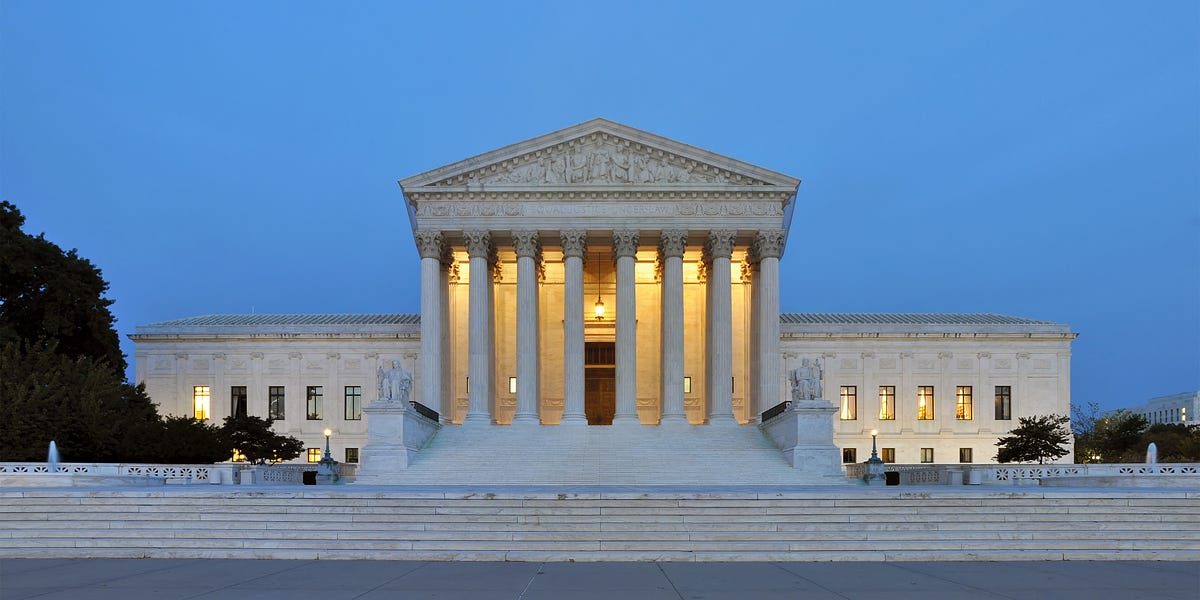Stormy Daniels
Gold Member
- Mar 19, 2018
- 7,107
- 2,395
Because you are lazy?
Because you are MAGA and you are going to stay that way?
Because MAGA does not read, research or do anything else but listen to what Trump and others say and believe 1000 % based on their voices and their words, and how they say it?
Why should anyone like you bother to know anything which would help you understand the Constitution and the Laws of the country you live in?
Total waste of your time, eh?
Clearly I hit a nerve.

Me, MAGA? What a fucking loon you are.


